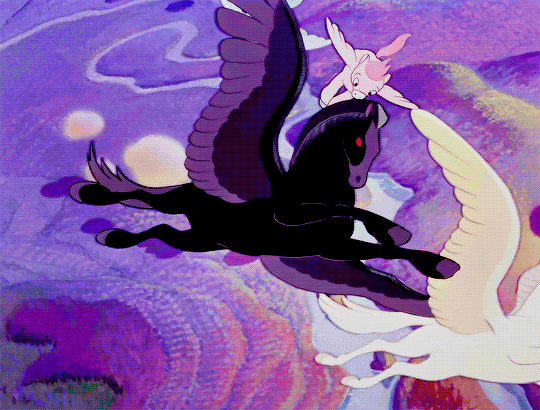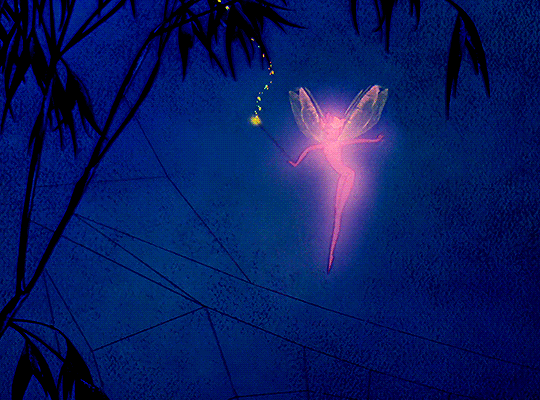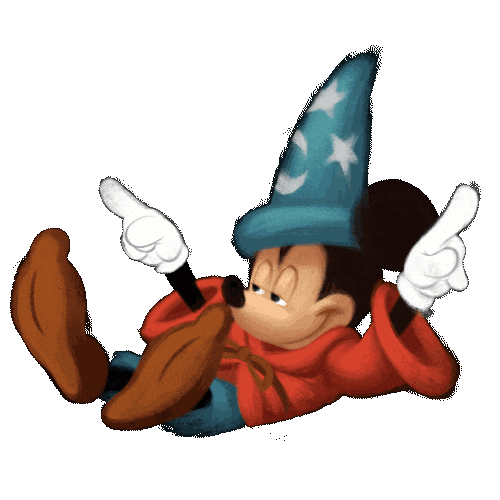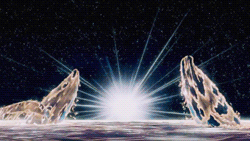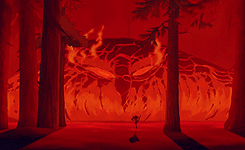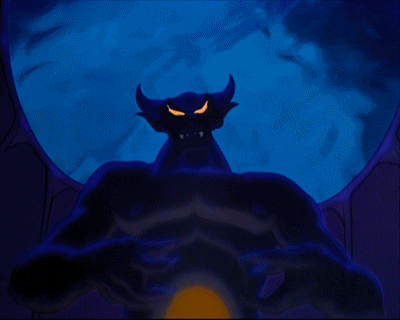
FANTASIA
2024
An Epcot Communicore Experience

EXPERIENCE THE MAGIC
Fantasia 2024 is a multi-sensory audio-animatronic show located at Communicore, near the heart of Epcot's World Celebration. It's a journey and celebration of the leaps and bounds of music as told through the format of Walt Disney's original concept- a concept that inspired and continues to inspire many around the world.
2,400
Hourly Capacity
24
Duration
7
Advanced A-1000
Before you dive into the world of Fantasia, put on some headphones and listen to two different tracks made by our resident musicians in Team Tintirrino. Inspired and powered by the intensity of Phililp Glass and the optimism of Epcot background music, the interpretations of the theme created by AGP are wildly different, exciting, and a worthwhile listen.

Why does Fantasia 2024 work in Epcot?

EPCOT and Fantasia have a lot in common. Both were passion projects of Walt Disney. Both ran way over budget. And both were intended to completely change their art form. In a way, they are sisters. This experimental feel makes Fantasia a logical fit for EPCOT. However, EPCOT Center is defined by a certain style and a certain substance, and any great feature of the park amplifies both.
In substance, EPCOT is defined by those core three principles printed on its dedication plaque: to educate, to inform, and to inspire. In addition to these, the original park was filled with a core positivity about mankind’s ability to impact the world and its future. Every classic EPCOT Center attraction was centered on at least one of the three core values, often several: Imagination inspired, Energy informed and educated, and Spaceship Earth did all three. All of Future World’s attractions focused on a key concept, a big idea: transportation, innovation, the environment. These big ideas gave the park’s attractions a grand scale and a grand sense of purpose. A visit to EPCOT Center meant that a guest would hopefully learn something, and come out feeling like they could make a difference in the awe-inducingly bright future of humanity. This substance is what made the park so unique, and the fact that many of its attractions no longer include it leaves the park rudderless.
The style of EPCOT is an important core component of it as well. EPCOT has a very specific design sensibility rooted in 70s and 80s futurism. The same optimistic futurism that guided the park’s substance guided its style as well. Those big, impressive, sophisticated ideas needed big, architecturally impressive, sophisticated buildings to house them. The interiors were streamlined to place as much focus as possible on the material being presented. This meant lots of concrete, carpeting, and primary colors. This style is often imitated by modern EPCOT projects, but without the signature substance, it feels empty and insincere, a parody of itself. This show follows in the grand tradition of EPCOT’s style and substance. It focuses itself on a grand theme: music. Specifically, it seeks to show the power of music to both reflect and shape the world we live in. Fantasia presents a natural vessel for these themes; its segments are uniquely animated to the music, and not vice verse. This gives the music a power over its surroundings, a power that is placed on full display here. The Conductor, representing humanity, is controlling the music. Thus, this attraction demonstrates the power of humanity to use music to create change and to tell stories. The different segments show different examples of this. First, music is in its purest form, a great power that can be tapped by individuals, but never controlled. Next, the genesis for the changing of the seasons and the environment, the catalyst of revelry and story, here, music is the reflection of the world. Next, how music can conjure imagery, and alter our perceptions. Music is next shown to reflect fear; startling, and slightly out of control, but still deeply affecting. The changing festival segment is a final example of music controlling the scenery. The climactic Sorcerer’s Apprentice sequence stars Mickey Mouse, inspired by everything shown so far, thinks he is ready to conduct the orchestra! Unfortunately, the music quickly carries itself away, completely overpowering him, until it is finally stopped by Yensid. This show in of itself features two of the values of EPCOT: it educates and it inspires. People are often dismissive of classical music, and doubt that it would have any relevance. This show hopefully educates them that this is not the case, and that music is in fact a powerful force that is important in any form. It is also intended to inspire guests to pursue their own interests in music, and impact the world in that way. These interests can hopefully also be piqued by the attached post show, where music made by guests can have tangible effects on the environment. The preshow to the attraction, meanwhile, informs and educates, relaying a simple history of music to guests. Stylistically, meanwhile, this building occupies a Communicore quadrant, a central feature of the park throughout its entire life. This building symmetrically fits right into the center of the park, presenting a universal concept that all cultures can connect to. The interior features the same streamlined aesthetic as the rest of original Future World; though not particularly fascinating in of itself, it directs attention to the content that is presented. A large indoor mural could also be included in either the pre or post show to further stylistically fit this attraction into EPCOT. This show will be a natural fit for any version of EPCOT; it educates, informs, and inspires, believes in the power of mankind, and is timeless, relevant, and very Disney.
Location/Tech
In June of 2024, Epcot's year-long renovation and refurbishment was completed, which ended to much critical acclaim with Fantasia 2024. The park's core is now Celebration Gardens, a green park-esque central plaza with a harmonious fountain centerpiece. On its perimeter, going clockwise, is the new Innoventions Center (with a side Mickey and Friends greet, shop, and gardens) the Connections Cafe & Eatery, along with a soothing garden to accompany it, the Creations shop and all-new Festival Center, with its main draw: the Rooftop Gardens which contain a 360 degrees view of the park, a powerhouse center for watching nighttime shows and entertainment. But the main draw, the main experience that makes the entire transformation worth the wait, is Fantasia 2024 at Communicore Hall, an all-new show featuring a variety of Disney music to enjoy.



The ride system for this show is a unique variation of the Carousel of Progress rotating theater concept. Inspired by Le Dernier Panache at Puy du Fou in France, this ride system is a reverse COP: a single massive circular seating auditorium in the center, which can rotate 360 degrees to view an assortment of stages around the perimeter. This neatly fits into the rectilinear Communicore extension space.
The pre-show and post-show lobbies in the corners face the EPCOT central plaza. Central theater seating is on a turntable surrounded by stages - velvet curtains hide stages, able to serve as projection surfaces.
Also on the turntable is the Orchestra Pit, which rotates with the audience so it’s always foregrounding the musical show scenes. Here is an impressive Conductor animatronic, plus several simpler musician motion figures. Later on, the Conductor AA lowers & is replaced by a Sorcerer Mickey AA. There are four major Audio-Animatronic based scenes in this show. Two of them have a few different versions, which are randomized. Different set pieces that raise and lower allow scenes to be switched out.
As this is a very technically complex show, a B-mode is prepared if necessary. The theater will be set in the load and unload position, and the Deems Taylor intro will play, followed by a screen lowering over the intro stage. Onto this screen will be projected an abbreviated version of the show, featuring the abstract segment, the new Fantasia segment, and the festival segment. This show will climax in an animated version of the Sorcerer’s Apprentice finale, featuring the Yen Sid animatronic. The show may also include one animatronic scene if the theater, not in rotation, is facing it during the moment of technical difficulty.
From the outside, this show building takes inspiration from the Dorothy Chandler Pavilion in Los Angeles. As a concert hall from the 1960s, its abstractly musical look allows it to fit right into the brutalist 70s futurism which first defined Future World Additionally, its flat roof and facade fit the simple Communicore design, which it had been scaled to match. Though surrounded by windows, they will be painted over on the inside to obscure the building’s contents from walkways.
The theater’s interior design, meanwhile, will be more of a departure from the rest of the park. It draws inspiration from L.A.’s Walt Disney Concert Hall interior, where Gehry’s interior indeed drew from Fantasia. Intimate, sweeping warm wood panels in abstract shapes, with a circular orchestra platform in the center, define this building. Velvet curtains to hide the stages, and colored lighting is used to change the interior’s mood to fit the scene.




Map
Pre-show
The pre-show takes place in a theater lobby, done in the futurist style of classic EPCOT attraction lobbies, and is filled with exhibits of various musical instruments. These are touchable models, which promotes interactivity and provides a background for the show, educating guests about how music is made. Additionally, overhead monitors throughout the lobby display an original pre-show cartoon about music, based on Toot, Whistle, Plunk, and Boom. This pre-show provides educational and informational value as audiences wait to the show, while an original music loop plays in the background.
Every half an hour, the doors to the theater open up, and the show begins.
As we enter, the orchestra is warming up. Cool light fills the space as they tune their instruments, the sounds echoing through the theater. When everyone is seated and after a brief safety message, an A-1000 Deems Taylor rises from the stage.

Introduction

Deems Taylor: How do you do? My name is Deems Taylor, and it's my very pleasant duty to welcome you here on behalf of Walt Disney and all the other artists and musicians whose combined talents went into the creation of this unique form of entertainment, Fantasia 2024. What you're going to see are the designs and pictures and stories that music inspired in the minds and imaginations of a group of artists. In other words, these are not going to be the interpretations of trained musicians, which I think is all to the good. Now, there are three kinds of music on this Fantasia program. First, there's the kind that tells a definite story. Then there's the kind, that while it has no specific plot, does paint a series of more or less definite pictures. Then there's a third kind, music that exists simply for its own sake. Now, the sequence that opens our Fantasia program is music of this third kind. What you will see on the screen is a picture of the various abstract images that might pass through your mind if you sat in a concert hall listening to this music. At first, you're more or less conscious of the orchestra, so our picture opens with a series of impressions of the conductor and the players. Then the music begins to suggest other things to your imagination. They might be, oh, just masses of color. Or they may be cloud forms or great landscapes or vague shadows or geometrical objects floating in space. So now we present our first piece, interpreted in pictures by Walt Disney and his associates, and in music by the EPCOT Orchestra and its Conductor.
The light on Deems Taylor goes dark. The Conductor, another A-1000, raises his arms, and the concert begins.

SEQUENCE 1: ABSTRACT STORIES
Music, as they say, is a way of storytelling. Though lacking in words, the nature of its voice, rising up and down in melody is what conveys a secret story, that anyone can understand if they listen carefully. Abstract stories convey a concept, an idea, or an interpretation. The first sequence is an evolution of the Toccata and Fugue sequence from the original Fantasia movie, in which the animation does not focus primarily on a story or an arc, instead showing a synthetic interpretation of what the music "means." There are three options that guests can experience in Sequence 1, and each of them offer a glimpse into a "Void" of some kind, one where there is assumed to only be darkness- but the three, the Mind, the Sea, and the Cosmos prove that is more than just that. The Sequence takes place on-screen (mainly "Screen 1," facing AA1) like watching Fantasia in a movie theater- except projections make the entire room come alive.
PHILLIP GLASS: MAD RUSH
SAINT-SAENS: THE AQUARIUM
HOLST: THE PLANETS

The first option is a dive into the mind; the organic home for human thought. Mad Rush is a simple but deep piece involving repetition and rhythm, with twos against threes. The idea of the piece is split into two parts, the simple contemplation of human thought that conveys yearning for something more, and the "Mad Rush" of human thought that searches for that special something. The scene itself centers on a single white dot amidst the darkness, an idea, that grows and grows into geometric complexity, going from 1D to 4D and beyond. Mad Rush is a search for the beyond amidst the mind, as splashes of color rush around the room and flashing lines break through the darkness.

The Mind is not the only void that holds color and imagination, so is the Sea. In Saint-Saens Aquarim piece from the Carnival of the Animals, a surreal theme sinks into the water, as the song as an eerie, mystical yet ghostly quality to it. The simple yet abstract story is simple a film where we sink deeper and deeper into the ocean's depths. From the surface levels into the very darkness- the very bottom of the ocean. While people assume the bottom of the ocean holds nothing but water, darkness, the Aquarium abstract film is a dive down, a glimpse into the luminescent jellyfish to the lanterfish, and so many more.
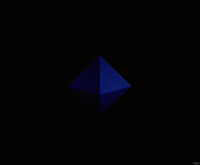
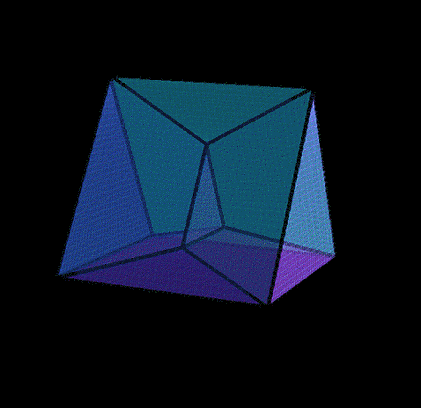
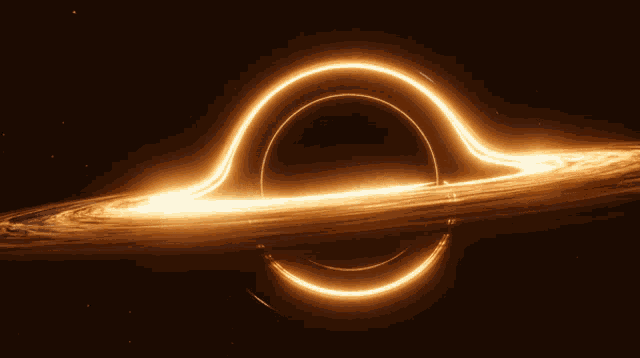
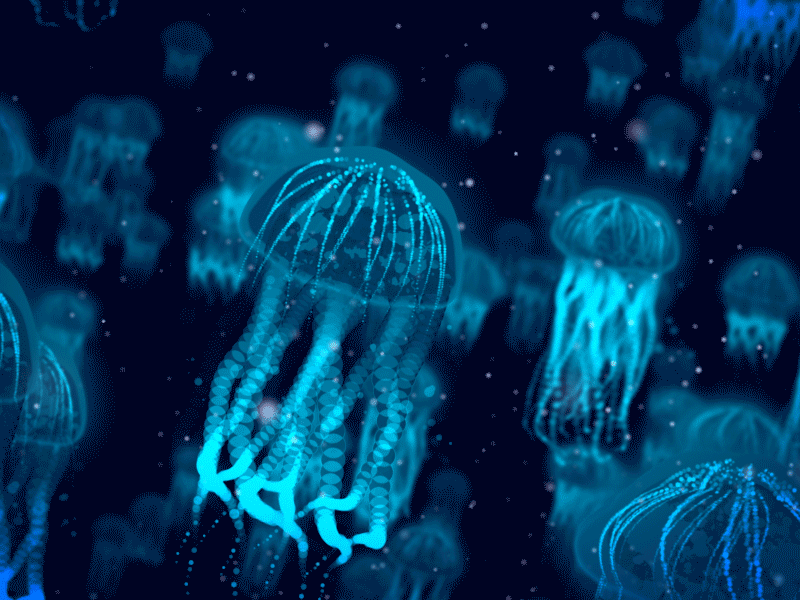
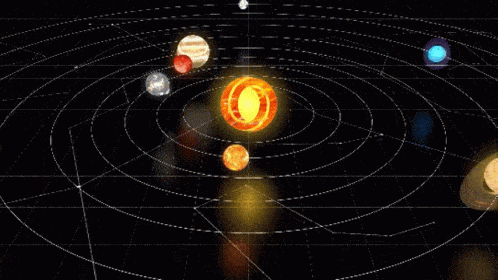
The final "Void" is Space itself. Gustav Holst's most well-known orchestral composition is the Planets, a journey into the eight planets of the solar system, but our journey here is an arrangement of three main pieces: The jovial Jupiter, the violent Mars, and the haunting Neptune, each with their own spectacular beauty. This piece turns the theater into a planetarium, with fiber-optic stars throughout. The animation for this piece is of the world, which we quickly zoom away from, into an artist’s interpretation of an abstract cosmos. The stars in this piece appear to "dance", forming new shapes/constellations, ranging from Mickey Ears to Figment.

Deems Taylor (voiceover): You know, it’s funny how many musical pieces focus on similar themes. One of the most common themes in any piece is flight. Flights of Valkyries, Bumblebees- even fairies. In fact, flight has inspired more than its fair share of sequences in previous Fantasia programs. We will now hear one such sequence.
SEQUENCE 3: SCENES FROM FANTASIA 2024
The scene(s) begin back on Screen 1, again featuring one of three randomized pieces, which update every year along with Sequence 1. Unlike the Abstract sequence, New Fantasia paints an animated story fresh out of Walt Disney Animation studios, in theme with the songs represented (i.e. Hall of the Mountain King). This is very similar to watching Fantasia in theaters, albeit with projections dancing around the hall.
GRIEG'S IN THE HALL OF THE MOUNTAIN KING

This is the most lighthearted of the three options debuting in this segment. This piece showcases a group of ants robbing a picnic, stealing food stealthily at first, then completely overwhelming the poor picnickers. Midway through this piece, the theater fluidly rotates from Screen 1 to Screen 2.
BEETHOVEN'S 9TH SYMPHONY
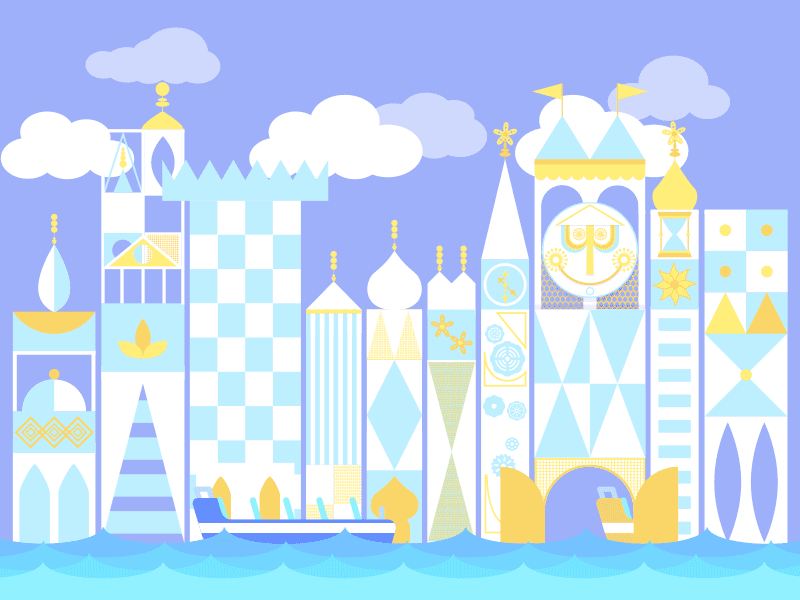
This piece is a sort of prayer for world peace. Set to the most famous part of Beethoven’s symphony, Mary Blair-esque children embrace, plant flowers, and exist in harmony, displaying a beautiful vision for a division-less future. Midway through this piece, the theater fluidly rotates from Screen 1 to Screen 2.
BACH'S SINFONIA #2 IN C MINOR

This segment is set to an orchestral version of this Bach composition. You might recognize this as the inspiration for Spaceship Earth 1994’s soundtrack, and this segment takes inspiration back from the ride. It's a simple watercolor-esque animation scene of a heartbroken Victorian inventor using his new time-traveling machine to search for his one true love. This new Fantasia sequence is distinctly EPCOT inspired, and as such, unlike the other two randomized segments the show will open with, which will be regularly replaced, this segment will stay in rotation permanently. Midway through this piece, the theater fluidly rotates from Screen 1 to Screen 2.
Deems Taylor (voiceover): The next piece in our program could be considered to be the climax of today’s show. This is the most intense composition we will hear, and it accordingly has inspired our artists to create some of the most intense images we will see today. These pieces paint vivid images of destruction and of power. Hopefully, we will understand the full and terrible beauty of this piece, both visually and musically.
A volcano rises from the stage, almost to the ceiling! Surrounding it is a forest set, green and beautiful. The Firebird suddenly emerges from the mountain, smoke rising from it as it unfurls its wings!
Suddenly, the Firebird dives back into the volcano, as lava projections pour down the mountain!
The lava pours over the surrounding forest. In multiple spots, the Firebird emerges, oversees the damage, and descends back into the lava. The Firebird is everywhere: at the head of the lava, on the volcano, in the flames as trees burn and fall. At the climactic moment, a huge A-1000 Firebird rises from the fire, trees falling away, as it poses and silently shrieks! Projection effects cover the screens and the entire theater, setting it ablaze! The giant Firebird screeches, and two flame jets ignite on either side of the stage! The Firebird, noticing the audience, opens its beak and lunges at them! There is a sudden blackout. The lights come back up, and the Firebird is gone. The air is smoky and gray, the trees are husks. At the front of the stage, a single flower re-emerges to graceful, peaceful music. With that hopeful note, the curtains close, still smoldering slightly.
After the curtains close, Screen 2 swiftly descends once again. Onto it is projected an animated segment based on the current EPCOT festival.
The peak of Bald Mountain rises from the stage: almost to the ceiling! This scene is set almost at its summit. Suddenly, as the music kicks into high gear, an A-1000 Chernabog emerges from the mountain, slowly unfurls his wings, and spreads his arms! This Chernabog is the centerpiece of this entire scene.
Projections around the theater show ghouls and spirits suddenly rising from all of the nooks and crannies of the theater, all spiraling towards Chernabog in the center. He conducts them like a malevolent orchestra of his own. At his command, the spirits, whether projection, small animatronic, or Pepper’s Ghost on a pane of glass slanting from the top of the scene, dance, fight, and grovel. Chernabog tires of this game, and summons jets of fire on either side of the scene! He reaches down, grabs spirits in his hands (another projection effect), and casts them into the searingly hot flames. The audience feels the heat! Chernabog laughs noiselessly, and throws up his hands, as he prepares to summon more spirits.
Suddenly, a projected sun appears, and a bell tolls six times. Chernabog recoils, and returns to his slumber on Bald Mountain. With a final DUN-DUN-DUN-DUN!, the scene ends and the curtains close, light still shining through.

SEQUENCE 5: FESTIVAL FUN
After the curtains close, Screen 2 swiftly descends once again. Onto it is projected an animated segment based on the current EPCOT festival.
(Here are examples of the segments for the first year of this show. Each festival will have a fresh segment annually.)
MOZART'S SALZBURG SYMPHONY NO. 1

In this playful segment, Figment experiments with painting to a joyful Mozart composition! The curious dragon and his paint brush create a huge, abstract painting along to the piece. His wings flutter and the brush strokes at the music’s direction. During this piece, the theater slowly turns to face Screen 3 and the final stage.

VIVALDI'S SPRING

Much like the abstract piece, this segment follows a flower petal as it is blown through a spring landscape. This piece is beautiful and elegant, showcasing incredible animation of the season and its natural beauty. The wind blows, the petal dances, and trees sway, all rendered in bright, pastel colors. During this piece, the theater slowly turns to face Screen 3 and the final stage.
This solemn and beautiful piece is coordinated with a winter landscape. Snow falls, ice freezes, and animals huddle together for warmth as the beautiful cool colors of the holiday season fill the theater. This is the sort of piece that makes you want to huddle up with a blanket and a mug of hot cocoa. During this piece, the theater slowly turns to face Screen 3 and the final stage.
LA REVUE DE CUISINE

This segment is best described as a cross between Be Our Guest, The Nutcracker Suite, and Ratatouille. Beginning in the dining room of an upscale restaurant, the scene pans into the kitchen. Here, numerous food dishes are cooking even more food for the diners! The segment showcases different musical cooking scenes between several small groups of dishes; each scenario is about twenty seconds long, enough time for it to sink in without dragging. Fast paced and sprightly, this piece has a very playful tone to it. During this segment, the theater slowly turns to face Screen 3 and the final stage.
Deems Taylor (voiceover): The last piece of music on our Fantasia program tells a very definite story. In this case, the story was written first, and the composer wrote the music to go with it, though our artists have added their own unique stylings to this story. This story is of an apprentice eager- too eager- to conduct the orchestra himself. This works very well, at first. Unfortunately, not knowing how to make the orchestra stop, he finds himself having started something he could not finish. We hope you have enjoyed our Fantasia program, and the music that has been performed for you today.
SEQUENCE 6: THE SORCERER'S APPRENTICE

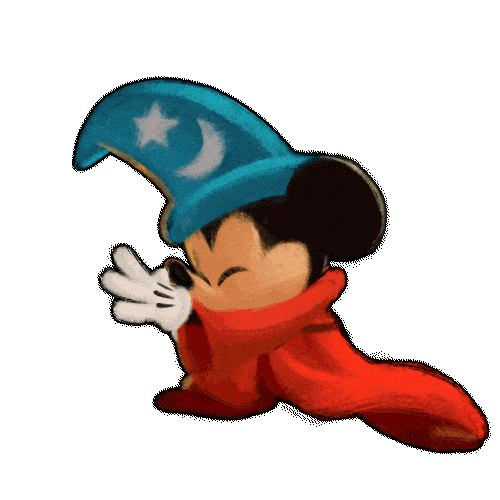

As Deems’ intro trails off, the early, soft tones of L’Apprenti sorcier begin to fill the theater air. With the theater slowly rotating, a forest grove projected on the curtains leads the transition from the festival to the foreboding grounds of Yensid’s castle and its prominent tower. As the theater’s rotation stops with the tower front and center, the curtains part to either side revealing the inner belly of the tower while Sorcerer Mickey in A-1000 form slowly rises from ground level. Arms waving in a directorial motion, he takes over conducting while the conductor in the orchestra pit slowly disappears from view. A few physical sets in the form of stairwells, small furnishings and a fountain give the scene depth against the projected backdrop as Mickey continues directing.
With the music picking up pace to begin reaching its familiar tune, Mickey’s attention becomes divided between the orchestra and a group of broomstick figures that have risen from the stairs and foreground. As the broomsticks turn slowly to display movement, Mickey turns back to the orchestra conducting with all his might, but gradually tires himself out as he begins to slump over, one arm still waiving, while orchestra and broomsticks continue on. The curtains close, hiding the action behind, while the theater rotates back into its final position. During this transition, Yensid’s tower is back front and center as the night sky around it and the theater is illuminated by stars and magical beams of light shooting in all directions. Water projections begin to splash around the tower itself.
As the curtains open for the final time, the inside of the tower is visible once more but this time in a flooded state thanks to the projected water effects. An increased number of broom figures fill the stage space and continue in motion as splash effects project around the theater. “Floating props” undulate with the projections while Sorcerer Mickey, now fully asleep on a spell book, abruptly awakes to the scene before him and the music reaching a crescendo. Behind him, the water projections part with a thunderous boom as Yen Sid appears in the orchestra pit to bring an end to the calamity. As Yen Sid directs both orchestra and brooms, the projected water slowly drains from the scene while he leads the orchestra through a grand finale concluding the show.





The post-show is a wonderland of musical experimentation. The centerpiece is a large, playable piano, like the one from Big, but there's many other interactive activities. Examples include an exhibit where you use your arms to conduct a digital orchestra, similar to the Electronic Philharmonic, a rotating selection of different types of percussion instruments that produce different colors and sound effects when played, and a rotating exhibit that focuses on folk music from each of the world showcase countries. This post-show hopefully inspires a new appreciation for making music in the young and the young at heart.

CREDITS
Presentation/Project Manager @Architectural Guinea Pig
Logo @Earlie the Pearlie
Intro @Earlie the Pearlie
Theater Layout/Tech/Art @D Hulk
CommuniCore Map @Architerctural Guinea Pig
Artwork @Brer Panther
Pre-Show @Shannoninthemagic
Music @Architectural Guinea Pig @MickeyWaffleCo.
Scene 1 (intro/transitions) - @Earlie the Pearlie
Scene 2 (abstract piece) @Architectural Guinea Pig
Scene 3 (movie-based "floating" AA) - @Imagineer Brandon
Scene 4 (new Fantasia animation) - @MickeyWaffleCo.
Scene 5 (thrilling) @Earlie the Pearlie
Scene 6 (festival) @Earlie the Pearlie
Scene 7 (Conductor’s/Sorcerer’s Apprentice Finale) @Disney Dad 3000
Post-Show @Shannoninthemagic
Attraction Poster @Disney Dad 3000
Attraction video @Disney Dad 3000





